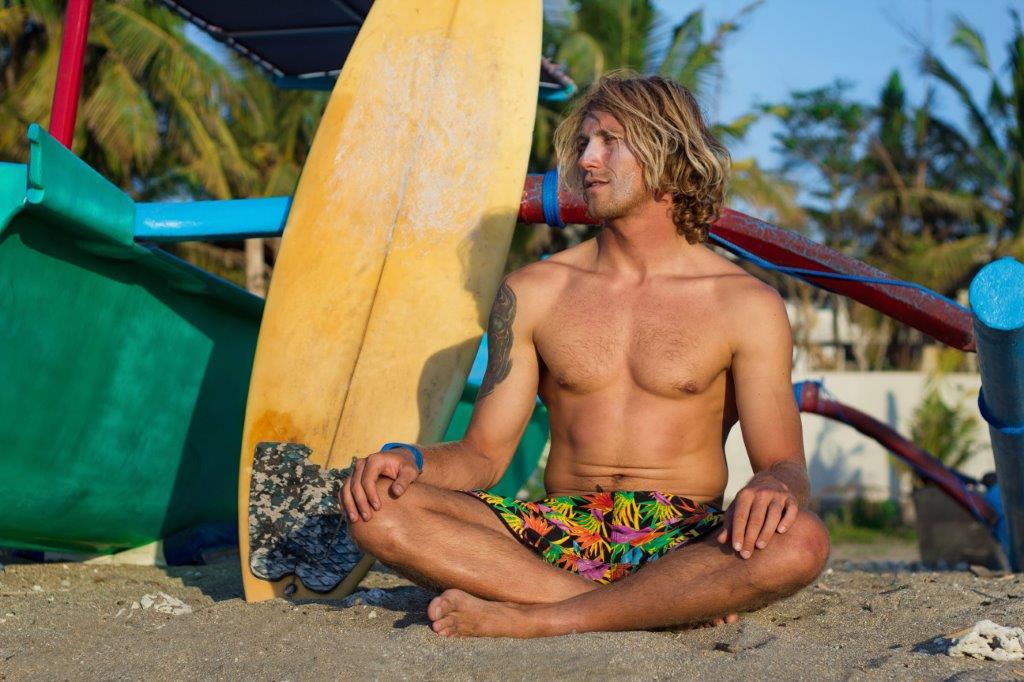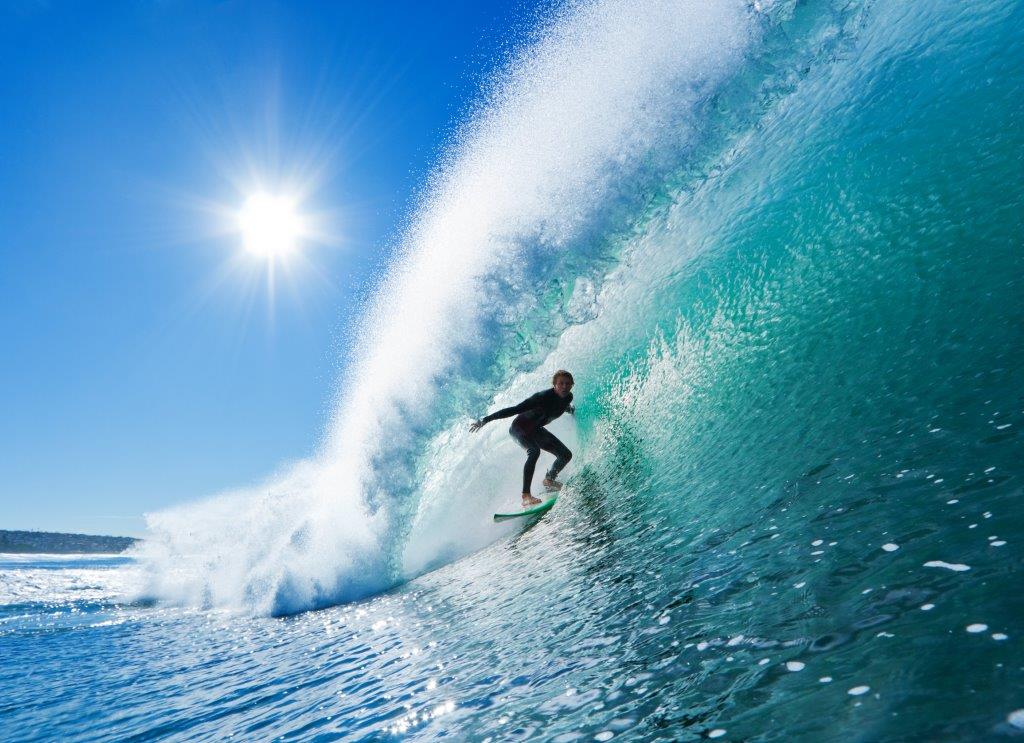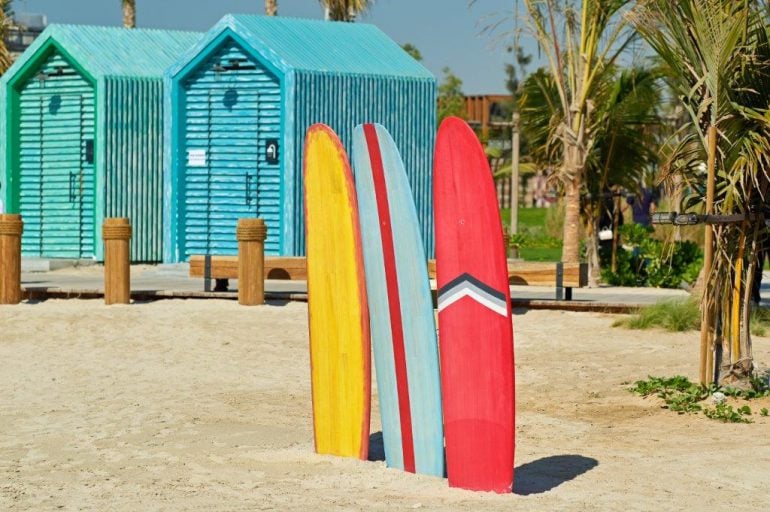Some of the greatest philosophers of the 20th century, the Beach Boys, once put forth the supposition that, “If everybody had an ocean across the U.S.A.,” and then answered their own profound query with words that ring true throughout the decades: “Then everybody’d be surfin’ like Californi-a.”
Deep. Too deep? Perhaps, but these are the kinds of serious considerations we ponder in life and sometimes you have to look to the great thinkers to sort it all out. We couldn’t agree more with our surf-drunk philosopher mentors. Surfing is where it’s at, and the fact that where it’s at is available in so many awesome locations from sea to shining sea means you’ll never be at a lack for new places to try surfing out.
So, you think that surfing is only for a handful of glimmering, golden super-athletes with chiseled abs and flowing locks?
Well, please think again my good friend. That would in fact be a mischaracterization of the truth. In fact, over 25 million people are said to take part in this most fabled of water sports each year. We believe it, but seriously, who comes up with these numbers? Is there like a Surfer’s Census every five years that we’re unaware of? But seriously, we wouldn’t be surprised if the numbers were a lot greater, especially considering how much surfing has gained in popularity in even just the last few years.
We can also understand this spike in popularity. Surfing most definitely falls into the realm of the most addicting water sports, and because of how cheap and accessible the latest cameras and gear have become, people have the opportunity to witness some of the world’s best surfers from around the world doing their thing all over the internet.
But before we jump headlong into the planet’s most gnarly waves, let’s step back and take a quick look at some vitals about surfing, including how to get started and what to expect from the process when you do!

So, step one is to take a lesson. They are not cost-prohibitive, (usually somewhere between $25 and $100), and assuming you have a good instructor and access to all the necessary gear you need, you’ll find that you will learn volumes on that first day. And don’t worry, no one is going to ask you to jump straight into the water and up onto your board. Things get started on the beach, on dry land, where the only tide to be aware of is the pleasant smell wafting from your freshly laundered boardshorts.

The idea is that you spend time on the beach going over all of the necessary safety information including must-know details about rip tides, changing water conditions, currents and how to surf safely in groups of other people. Then, there’s plenty of time to jump up on the board while still on land to review mechanics including how to position yourself to “pop up,” which is when you make the move from your stomach to your feet. You’ll also go over everything you need to know in terms of proper stance and how to balance once you find yourself up, because we believe in you… you’re going to get up on your very first day out there, we just know it.
But wait, you may protest, the lessons may be affordable, and I understand I definitely need to take one, but how am I supposed to just come up with a surfboard and… what else do you even need!?

We’ve got you covered you there, too. Here’s the thing- until you really begin to have a handle on the sport, you’re most likely best served renting your board to get started. It’s economical and just plain smart. Beginner boards are softer and lighter and geared toward people who have not yet mastered the craft. They’re safer for you and the other people who you’ll be surfing with. Board rentals run anywhere from around $60-$100/day, and for most people, a half-day of this vigorous activity is more than sufficient, even if you wanted to go longer. (Half-day rentals are widely available). You will also be able to rent or buy all associated surfing gear you’ll need including your surf leash, earplugs, and wet/dry bag. Be sure to talk to your instructor about the right-sized surfboard for you. Generally, bigger boards are better for beginners as they provide more surface space with which to become accustomed to balancing and achieving consistency with your stance.

Once you take your lesson and put in your practice time, you’ll be able to get out there on your own to bold the surf by yourself. When you do, be aware of some very common-sense, but nonetheless still sometimes overlooked “rules of the road” that make everyone’s time much more enjoyable, and safe.
The primary consideration is knowing your surroundings, and this especially includes the people who are surfing near you. Be aware of not only the people in your direct vicinity, but also those people within a relative distance that could make their way to you in a hurry. Currents change quickly and when a wave begins to move with speed, so do people.
Never, but never cut in the way of a rider who has already established a line toward the beach. It’s also important to remember to paddle around the area where people are already catching waves, as you make your way out to find your own. The people closest to the shore are responsible for moving out of the way of surfers, not the other way around.

Your board is your responsibility, so make sure to keep a close eye on it and do not ever leave it behind. A loose board becomes a safety hazard and a safety incident waiting to happen.
Last but certainly not least, remember to have fun! Have fun, even in the lessons, which can be tremendously gratifying even on their own. Don’t take yourself too seriously. Know you’re acquiring a brand-new skill and learning one of the most ancient and awesome water sports on the planet. One of these days before long you’ll be hanging ten on some killer waves of your own.


